The day a double-decker bus jumped London’s Tower Bridge
On a typically bone-chilling day in December of 1952, the Number 78 bus trundled onto the Tower Bridge of London and over the River Thames. The month was nearly at an end, the twenty passengers perhaps anticipating New Year celebrations. To his shock and surprise, bus driver Albert Gunter saw the road ahead begin to rise. The bridge’s twin-span bascule was opening.
Were this an episode of The Dukes of Hazzard, Merle Haggard would show up with some crack: “Them Duke boys better start flappin’ their arms.” Were this the defining bus jump stunt from 1994’s Speed, Keanu Reeves would yell for everyone to hang on to something and throw himself in front of Sandra Bullock.
But this is not fiction. A gulf yawned ahead. The engine began to strain. The slight, middle-aged man behind the wheel set his jaw—and floored the pedal. The bus went airborne.
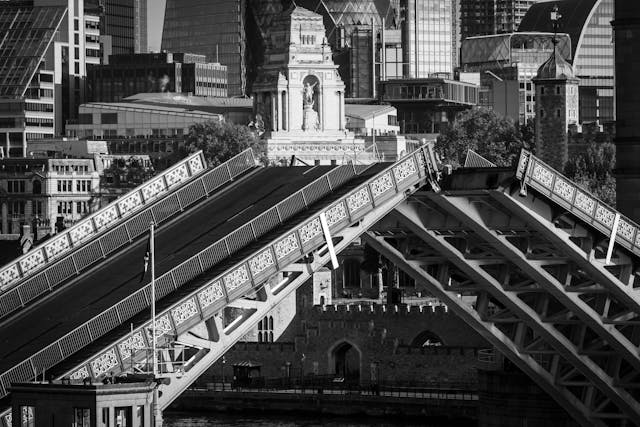
Jumping cars over things is a hundred-year obsession for mankind. Perhaps the idea originated on horseback, with the sport of steeplechase. Perhaps it was merely the wish to create a bigger spectacle in the first days of the silver screen. Whatever the case, early twentieth-century attempts did not go well.
In time, all manner of carefully planned (and sometimes just plain reckless) stunt coordination made the flying automobile or motorcycle a reality, however brief. Some of the highlights: Evel Knievel, who defined the stuntman craze of the 1970s. The complex, computer-assisted choreography of the barrel-rolling AMC Javelin in 1974’s Bond flick, The Man with the Golden Gun. General Lee blasting past a “Bridge Out” sign in 2005. Today’s ever-crazier Fast and Furious shenanigans. Whatever the era, there was something on a screen to make us believe we could fly behind the wheel. To this day, a flat-deck truck with the ramp down looks tempting.
Leaping a Harley over multiple buses is a very different animal than leaping a bus over anything. In Speed the stunt vehicle, a 40-ft GM New Look TDH-5303, smashed into the ground so hard it blew a tire, ruptured the oil pan, and rattled off its doors. The stuntman, wearing a helmet and light body armor, somehow walked away.
A London double-decker bus is an even more ungainly aviator. The distinctive design is a nearly two-century tradition, dating back to the horse-drawn carriages of the early nineteenth century. These were properly called “omnibuses,” and operated by an outfit called the London General Omnibus Company.
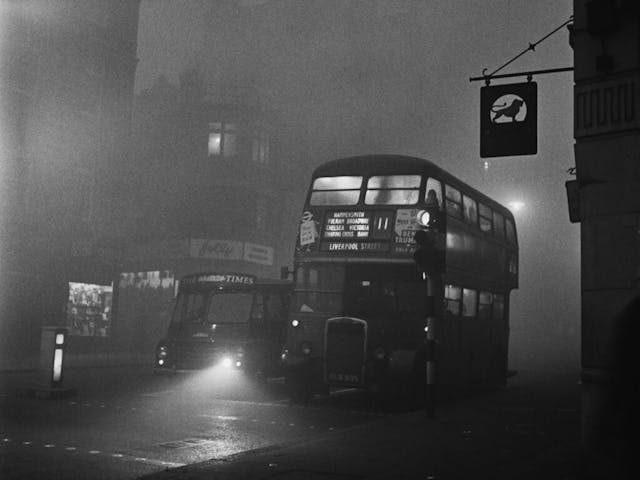
Starting in 1907, London General Omnibus Company began to paint their buses red. Horse power gave way to steam, then to combustion. By 1956, the distinctive AEC Routemaster made its first trip. These double-deckers, with their offset position for the driver and generally cheery appearance, were a stalwart on the roads right up until the mid-2000s. London’s modern bus needs are fulfilled by the New Routemaster, made by Wrightbus.
Gunter’s bus, the 78 line between Shoreditch and Nunhead, was a slightly older AEC model, the Regent III RT. These looked much like the Routemaster, just with a more upright grille, and were the most common buses in London through until the 1970s. The prettier Routemaster got the glamor; the RT was the workhorse. Number 78, however, would have its day in the spotlight.

According to a later interview with one of the passengers, Gunter had been a tank driver during the war. While London double-deckers are tested for top-heaviness, his intuition said that simply stopping on the bridge might cause the bus to topple into the water as the ramp was raised.
The gap is variously described as three to six feet wide at the moment Gunter’s double-decker leaped it. Though the passengers were thrown to the floor and the conductor broke his heel, the bus made it to the far north bank of the river and to safety. One likes to imagine one of the passengers quipping, “Fix the pipe-lighter, old bean.”
Albert Gunter was officially commended for his quick thinking. He received the princely sum of £10 (about $280 today) and several days off. The reward was more than he made in a week. He promised to split it, “five for me and five for the missus.”
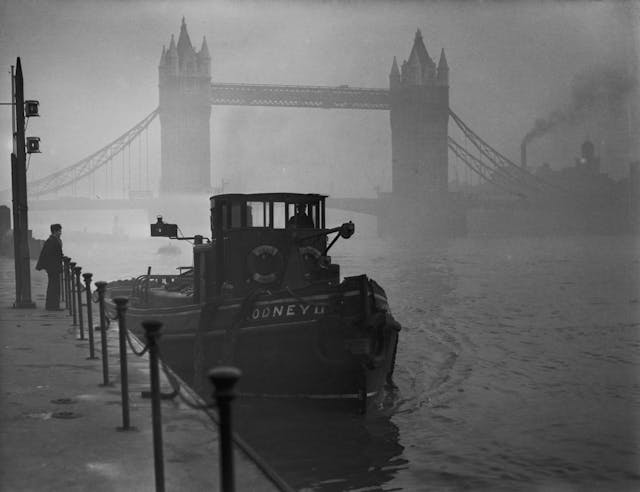

There was further good news: By way of apology, the corporation that ran London Bridge paid Gunter £35. His family received a week’s free holiday in the seaside town of Bournemouth, reportedly the Gunters’ first break in five years. Their two children, aged eight and fourteen, were invited to the annual children’s party held by London’s mayor.
The slight, cheerful Gunter returned to driving Number 78 and disappeared from the spotlight. A quiet life in bustling London, a smile for his regular passengers, perhaps a quiet pint at the end of the day. But you know that, sometimes, down at the pub on a Friday, he would get the question.

***
Check out the Hagerty Media homepage so you don’t miss a single story, or better yet, bookmark it. To get our best stories delivered right to your inbox, subscribe to our newsletters.
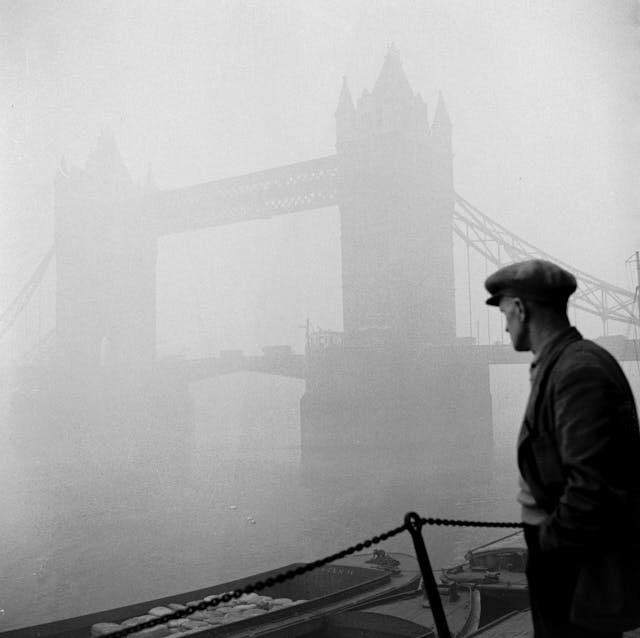
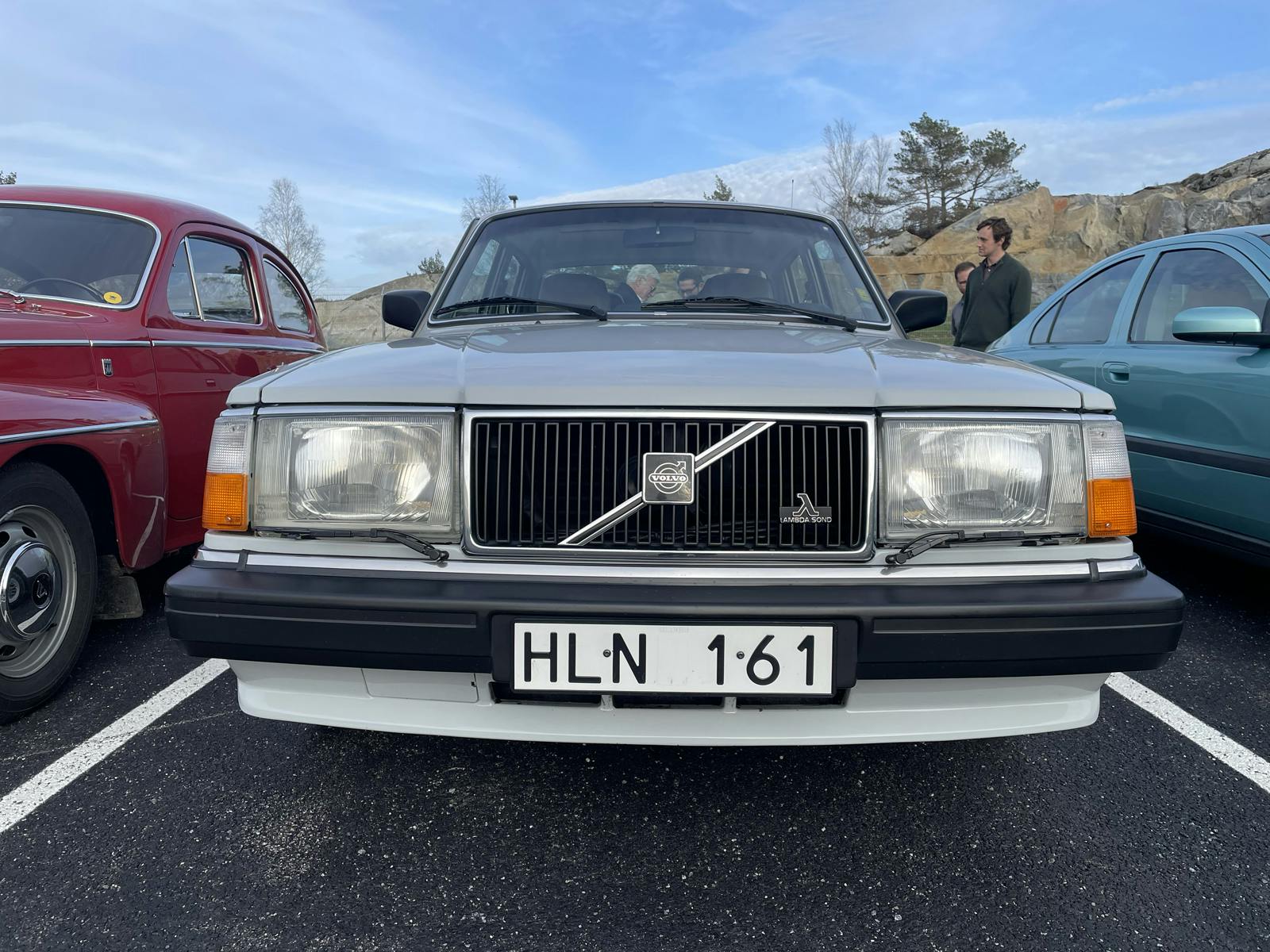

Fascinating. I know little of the double-deckers, only having ridden one once in 1966 on a visit to London. But I would never imagine that one could leap a 3-6 foot span, especially while traveling an upward incline.
There is no way a London double decker Regent type bus would jump a 3ft gap let alone a 6ft. I used to drive the things and at 30 mph it would sink into a 2″ deep trench or pot hole with a shuddering thump. If it did indeed jump any kind of gap going over Tower Bridge then all the passengers should have received enough money for dry cleaning their trousers
Great story! However, it was Waylon Jennings instead of Merle. peace
It’s because the bascules are angled that it’s possible. It’s possible that the bus landed level depending on weight distribution. It’s a shame there are no post-landing pictures. There can’t have been many passengers on.
The car that did the spiral jump in the Bond movie was a Hornet not a Javelin. I thought every car guy would know that. The Javelins were part of the Astro Spiral Team that first jumped in the Houston Astrodome in 1972. The technology would be used in the film.
Too bad we don’t have any after pictures to see. It’s an amazing achievement.
It may have performed the feat as described. There appear to be multiple witnesses. I am assuming the bridge sections were nowhere near fully raised.
No mention of the bridgeman, who assumedly was summarily sacked after raising a bridge before stopping traffic? As a note, the current restored engine room of the bridge is a spectacular testament to the industrial age. Plus, they’ve installed a glass floor on the upper deck (all the better to watch for leaping buses?).
I doubt the bascules were interlinked to guarantee coordinated raising. So it’s possible the one from which he launched may have been slightly higher at the moment of launch than the one on which he landed, helping to allow the bus to clear the gap (gives a new meaning to “Mind the Gap!”).
Speaking of Bond, wasn’t it a double-decker bus of similar design in which Bond (or, more correctly, his driver stunt-double) performed a handbrake 180 reverse turn on the Caribbean island? Conveniently, the pavement was wet.
Live and Let Die, that is.
That was “Live and Let Die” filmed in Jamaica. That same double deck bus became a single deck bus a little later in that chase scene…
I had an uncle who turned a double-decker into a single decker. Oddly his wife was the conductress upstairs at the time…
Sounds like a candidate for Mythbusters to me. It would be interesting to hear HOW they got into that predicament in the first place.
I thought British-Leyland made the double deckers.
The caption for the chap on the signal gantry is wrong, the control for the bridge opening and close were and still are in the control room, what the photo shows in a man repairing the signal that indicates to ships that the bridge in open or closed the lights obviously for night and foggy/ smoggy weather
It’s the bus conductor I feel sorry for, standing on the open rear platform with only a handrail for comfort!
Mind the gap.
The stuntman in Speed was suspended in a sling with shock absorbers, which is how he was uninjured. Amazing that no one in this 40+ year older bus with no stunt safety equipment was injured more than a broken heel.